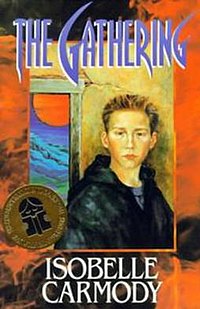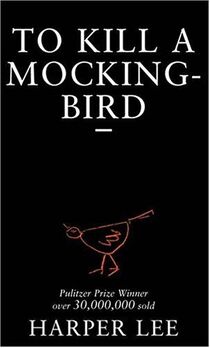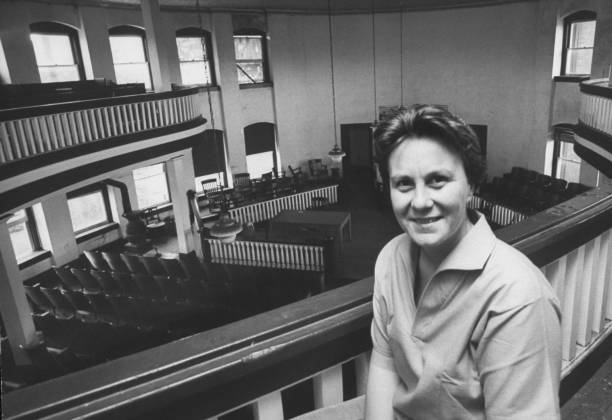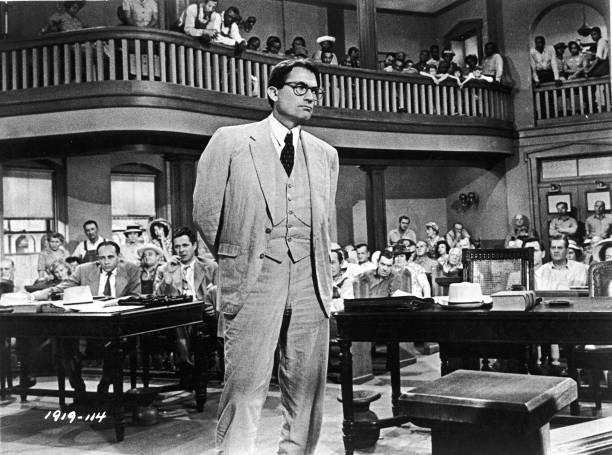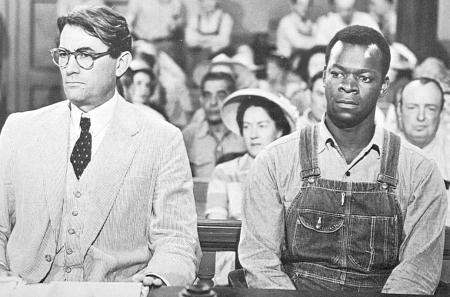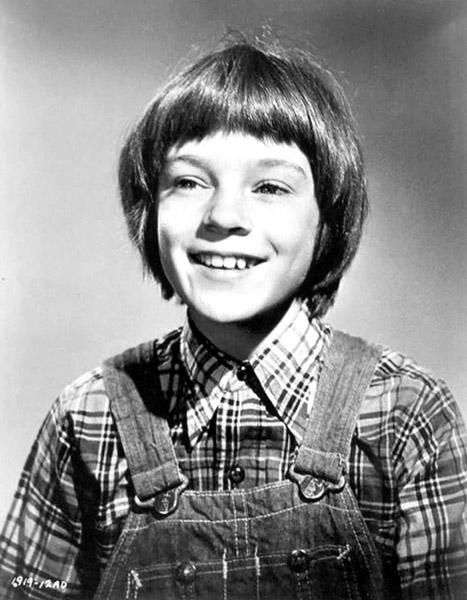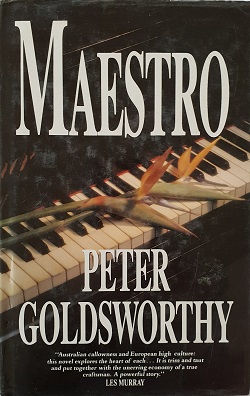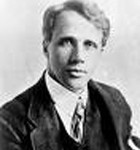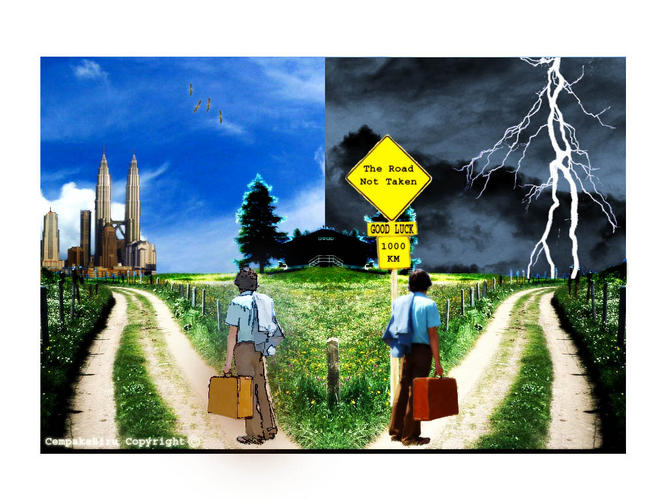A Midsummer Night’s Dream by Shakespeare Basic Notes for students in Years 9 & 10 in the Victorian Curriculum studying English as an Introduction to Shakespeare.
All reference page numbers are from the Oxford School Shakespeare Edition of ‘A Midsummer Night’s Dream’
Background Information
The play was written in 1595-96 and published in 1600, a time which was characterised by tumultuous and radical change, artistic genius, and renewed focus on the humanities. Shakespeare was submerged in the zeitgeist [spirit of the times] of the Renaissance Era which lasted between 1400-1600. As a result, Shakespeare’s play reflects some topical Renaissance ideals and concerns, such as the pursuit of truth in our humanity, which is shown in the play. The play was also performed at the time when Queen Elizabeth 1 was on the throne and she had requested Shakespeare’s company to perform it at her court not long before her death in March of 1603.
Humanism
Humanism was a philosophy that is celebrated in the play celebrating free agency and critical thinking of humans as opposed to blind faith in religion. The play can be considered a humanist text as the trials and tribulations that the characters face demonstrates the struggle between the irrational and rational, which gives rise to our human experience. Shakespeare celebrates humanist ideals in the play as the foolishness of each character highlights the destructive consequences of thinking illogically and the impact it can have on their pursuits for love and meaning.
Feminist Reading
A feminist reading of the play adds another layer to the male characters, especially Theseus, Egeus and Oberon and seeks the meaning about gender of the female characters Hippolyta, Hermia, Helena, and Titania that were portrayed at the time. The play can be interpreted as a commentary on patriarchal structures and women’s agency exploring how women navigate societal expectations and patriarchal control while showcasing moments of female defiance and strength. The characters of Hermia and Helena, demonstrate struggles and choices related to marriage, love, and societal pressures, prompting reflections of female empowerment and the limitations imposed by patriarchal norms.
On the other hand, the fact that Hippolyta does not say much in the play is the embodiment of the effects of the patriarchy which silences her and does not give her a chance to challenge Theseus claim that although he won her in battle, he will marry her with “pomp, with triumph and with revelling” (Act 1 Scene 1 p.1). Hippolyta’s silence also reflects her internal struggles with male dominance and potentially her unhappiness with the forced marriage to Theseus, as she comes from Amazonian women-warriors, who despised men and refused to marry them.
Titania is Queen of the Fairies and married to Oberon. While she is a strong willed and independent woman, she is willing to fight Oberon for control of the changeling Indian boy, she is also powerful because her fight with Oberon causes nature to act strangely. However, in terms of gender she is also manipulated by Oberon’s jealousy or humiliation and is not immune to the power of the magic flower.
The play’s ending with the couples all reconciled can be seen as either a celebration of love and acceptance, or a return to patriarchal control, depending on the interpretation.
About the Play
A civilised society
The play begins and ends in Athens at Duke Theseus’s palace. It is a civilised society in which every man knows his place from the Duke whose function it is to administer law and justice to the humblest workman who must take care not to offend the ladies. This is where we first meet the human characters Theseus and Hippolyta who are awaiting their wedding day, the four young lovers Hermia and Lysander, Helena, and Demetrius, who have already got their relationships in a tangle, the workmen who have begun a plan to perform a play far more adventurous than anything they have undertaken before.
Into the forest
Theseus and Hippolyta remain in Athens whilst the audience accompany the lovers and the workmen on their separate expeditions outside the city walls and into the forest that surrounds Athens. The forest belongs to the fairies, and Athenian law does not operate here. Oberon the fairy king, tries to impose some kind of rule, but he is not a god and makes mistakes. The first scene in the forest shows us the fairies at their best and at their worst. At their best they are caring for the wild flowers, at their worst they are quarrelling furiously, and their quarrels have serious repercussions in the lives of the human beings.
Midsummer Madness
The lovers and the workmen enter the fairy realm and soon become aware of the strangeness of their surroundings. It is a strangeness that grows more frightening as night approaches, and although most of the workmen manage to escape, the lovers become more deeply embroiled in their own problems, until, quite exhausted, they lie down to sleep, feeling alone and afraid. The time spent in the forest is the period immediately before Theseus’s wedding, which has been arranged so that “the moon, like to a silver bow / New bent in heaven, shall behold the night / Of our solemnities” (Act 1, Scene 1 p.1). Before a new moon is seen, the only night light comes from the stars and even they are “overcast” when Oberon orders Puck to mislead the quarrelling lovers, he commands Puck to “overcast the night”, specifically he instructs Puck to cover the sky “With drooping fog as black as Acheron” and lead the lovers astray, preventing them from fighting (Act 3, Scene 2 p.52). While the night is dark, it is very short, the shortest night of the year. In England, the night before midsummer day has always been associated with magic, fairies, and lovers. It is also a time for madness, and the phrase “midsummer madness” is used to describe a state of mind which is abnormal but does not last long.
A return to order
Light dawns when Theseus and Hippolyta come out of the city in order to pay some kind of homage to the midsummer season. Slowly the lovers recover from their temporary “madness” and everyone returns to Athens and civilisation, where the play ends with three weddings, a triple celebration of this civilisation. Without an ordered society, marriage is impossible, and every wedding, every permanent bond between two people, strengthens the society in which it occurs. Finally, it is the turn of the fairies to enter “foreign territory”, they come from the wood to the palace in order to bless the three marriages within the play.
Leading Characters in the Play
The royals = Theseus Duke of Athens and Hippolyta Queen of the Amazons betrothed to Theseus
The lovers = Hermia and Lysander / Helena and Demetrius
A nobleman = Egeus Hermia’s father
Master of the Revels = Philostrate
The workmen/mechanicals = Peter Quince / Nick Bottom / Francis Flute / Tom Snout / Robin Starveling / Snug
The fairies = Oberon King of the Fairies / Titania Queen of the Fairies = A Fairy attending Titania / fairy attendants Peaseblossom / Cobweb / Moth / Mustardseed
Puck = also called Robin Goodfellow is a mischievous fairy who controls the magic love flower potion to transform the lovers
Synopsis of the Acts/Scenes
Act 1
Scene 1 = Thesus passes judgement on Hermia, who refuses to marry Demetrius as ordered by her father Egeus. Hermia agrees to run away with Lysander who she loves. They confide in Helena, a close friend of Hermia, who is already in love with Demetrius, but he does not love her, he loves Hermia.
Scene 2 = Some Athenian workmen plan to produce a play for the wedding day of Duke Theseus.
Act 2
Scene 1 = Oberon Fairy King and Titania Fairy Queen are quarrelling, but the king sends Puck to fetch a magic flower, which will also help Helena to secure the love of Demetrius.
Scene 2 = Oberson sprinkles magic juice on Titania’s eyes, Puck mistakes Lysander for Demetrius and anoints his eyes so that he falls in love with Helena. Hermia is left alone in the forest.
Act 3
Scene 1 = The workmen meet in the forest but Puck interrupts their rehearsal puts a false asses head on Bottom and leads him to Titania, who when awakes from the magic juice, falls in love with him.
Scene 2 = Oberon discovers Puck’s mistake and tries to correct it by sprinkling the magic juice on Demetrius eyes. Now Helena thinks she is being mocked by Hermia and the two men. Oberon orders Puck to keep the rivals apart until the situation can be remedied.
Act 4
Scene 1 = Bottom teases the fairies and falls asleep. Oberon takes the spell of Titania’s eyes and all the fairies depart, leaving the lovers to be woken up by Theseus. Finally Bottom wakes up thinking he has had a huge dream.
Scene 2 = Bottom returns to Athens and the workmen prepare to go to the palace to perform their play Pyramus and Thisbe.
Act 5
Scene 1 = After the weddings of Theseus and Hippolyta and the four lovers, they all watch the performance of the play Pyramus and Thisbe before going to bed. When the mortals have retired, the fairies return to the palace to bless the marriages.
| THEMES | ||
| love | love as transformative | love as negative |
| happiness | humanity | dreams |
| theatre | gender | jealousy |
| transformation | illusion & imagination | reality |
| SYMBOLS | ||
| Marriage = unity & harmony | The moon = time / waiting / change / secrecy of the forest / madness | Merchant ships = male authority |
| Painted maypole = phallic sexual symbol | Dreams = fantasy holds up a mirror to reality | Magic = reinforces inexplicable powers of love |
| Midsummer madness = night before midsummer associated with fairies, magic & lovers | Madness = state of mind which is abnormal | Contrast between the natural and artificial world |
| Roses = female sexuality and fertility | The woods/forest = untamed and wild world / confusion & misdirection | Athens = ordered world / law and order |
| Flowers = the magic flower used for the love potion, embodies a specific kind of magic & its disruptive effects & unpredictability of love | Eyes & vision = relating to characters perception of the world in different ways leading to conflict and unreliable nature of sight | Jealousy = affects the humans and fairy realms leading to conflict and misunderstandings |
| Social standing = societal constraints & expectations placed upon women, in relation to marriage and choice | Play within a Play = the mechanicals performance with its comedic ineptitude provides a humorous commentary on the melodramatic Athenian lovers and the theme of illusion & reality | Nick Bottom = embodies both human and animal, the natural and the civilised, the carnal and the spiritual |
| Contrasts = the whole play is constructed around groups of opposites and doubles to serve as important differences between characters and the 2 different worlds that accentuates the extraordinary | ||




